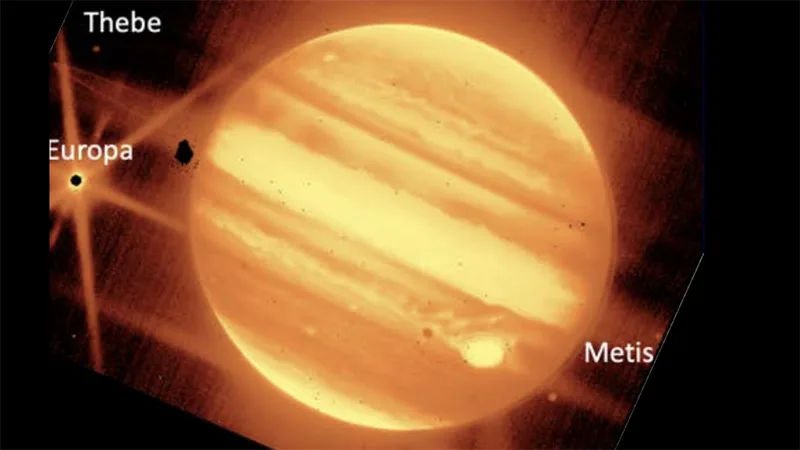
Webb bonus: Jupiter's clouds, moons, and ring shine bright in new images
JWST's views of our own solar system are just as spectacular as its images of deep space.
Earlier this week, thanks to the James Webb Space Telescope, we were treated to some fantastic new imagery of our universe. Still, Webb was also used to observe objects in our solar system, and the results were breathtaking.
The carefully chosen views released as Webb's first public images only scratched the surface of what the telescope observed during its deployment.
The final commissioning report surfaced this week, detailing how the telescope's science instruments performed during testing. It included an incredible bonus — images showing what JWST saw when astronomers pointed it at Jupiter, the largest planet in our solar system.
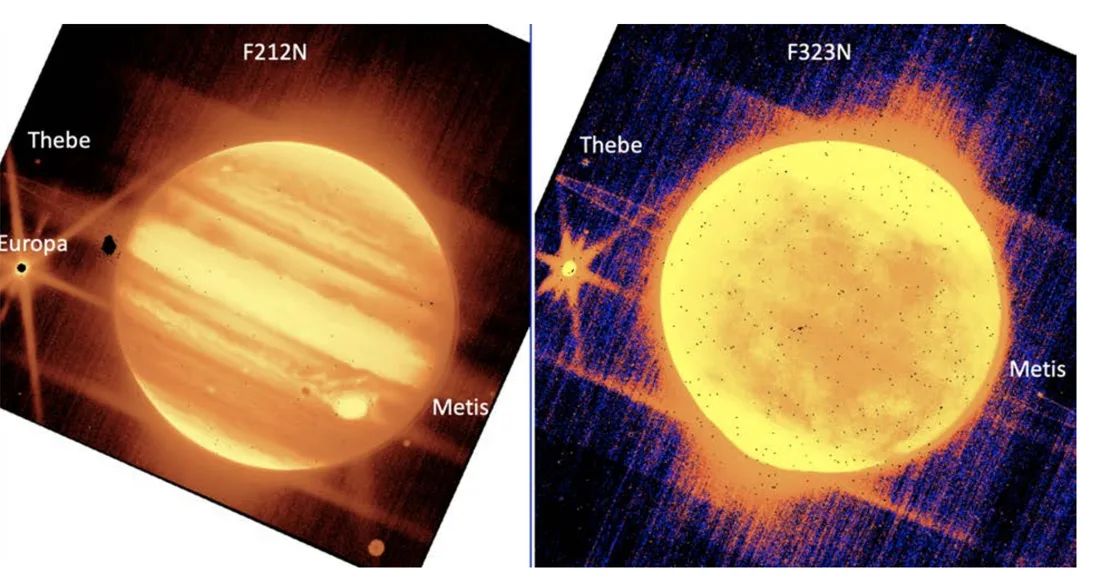
On the left, Webb's NIRCam instrument used a special filter to only pick out the shorter wavelengths of infrared light from the planet, revealing superb details of the cloud bands, the Great Red Spot (lower right of the planet), a few of Jupiter's moons, and even the shadow of Europa, just left of the Great Red Spot. On the right, isolating the longer wavelengths does not show the same details but captures what is likely under those cloud bands. Surprisingly, Jupiter's tenuous ring stands out brightly in both images. Credit: NASA, ESA, CSA, STScI
"I couldn't believe that we saw everything so clearly, and how bright they were," said Stefanie Milam, Webb's deputy project scientist for planetary science based at NASA's Goddard Space Flight Center, said in a NASA blog post. "It's really exciting to think of the capability and opportunity that we have for observing these kinds of objects in our solar system."
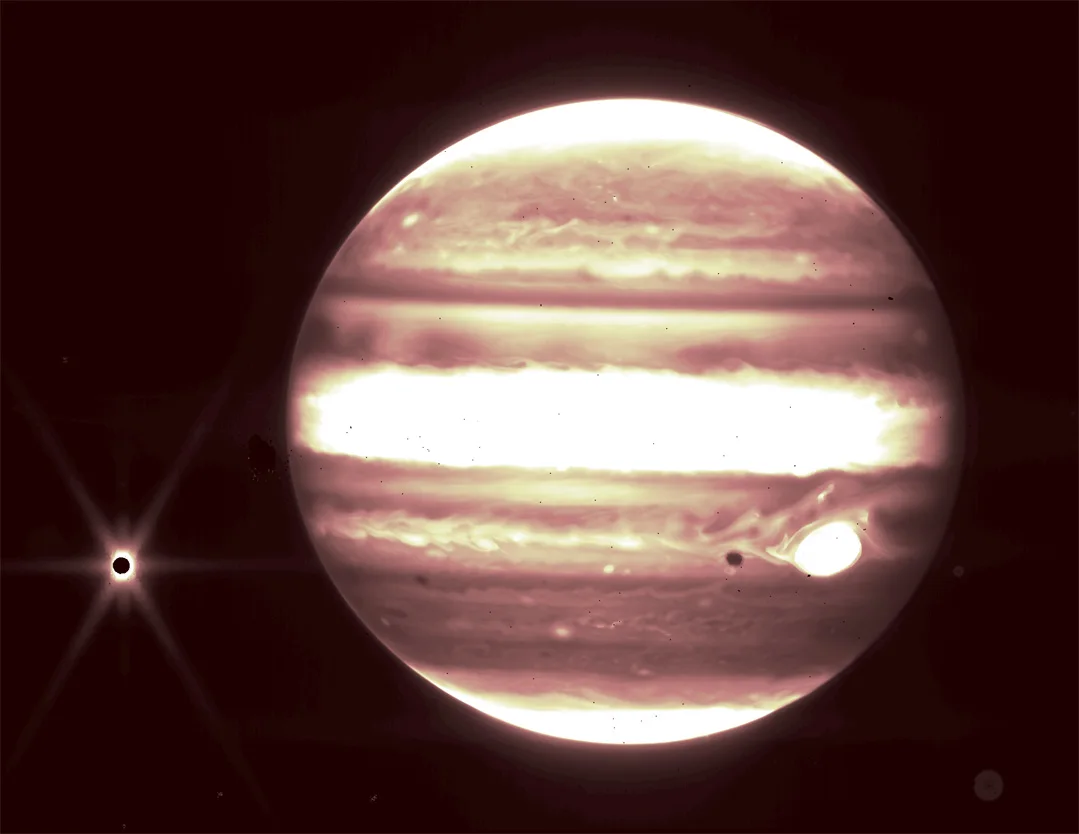
The heat emitted by Jupiter silhouettes the giant planet's swirling cloud bands in this image captured using JWST's NIRCam instrument 2.12 micron filter. Shining brightly is the Great Red Spot (lower right). Europa, the smallest of Jupiter's Galilean moons, sends out diffraction spikes on the left. The cool region produced by Europa's shadow is visible just to the left of the Great Red Spot. Credits: NASA, ESA, CSA, and B. Holler and J. Stansberry (STScI)
Part of the reasoning behind these images was to test Webb's ability to track fast-moving objects. Additionally, they provided astronomers with a reference for Webb's capabilities when it comes to seeing smaller and fainter objects (moons and rings) that are nearby a bright object (like Jupiter).
Remarkably, Webb easily picked up another feature of Jupiter that has only rarely been seen before — airglow.
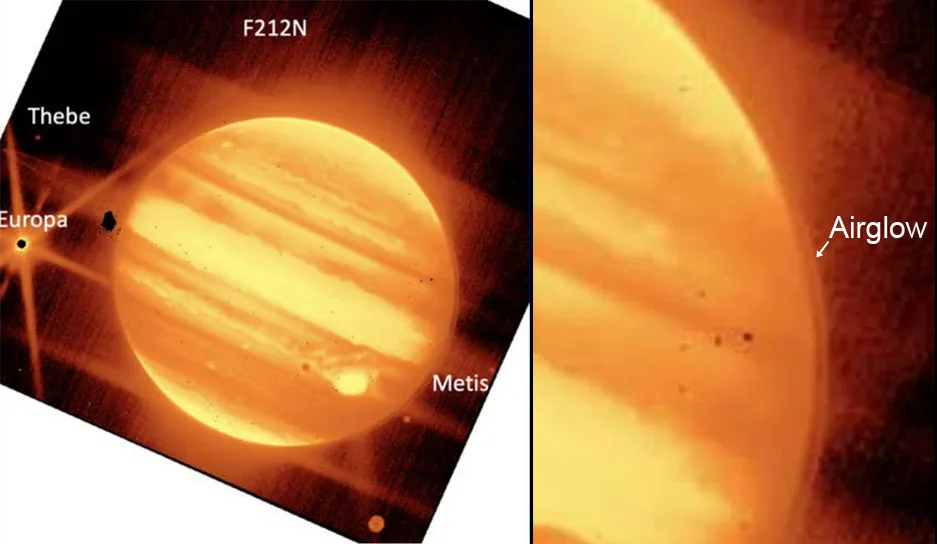
The zoomed-in frame, on the right, shows the limb of Jupiter and the thin band of airglow above the planet's clouds. Credit: NASA, ESA, CSA, STScI/Scott Sutherland
Airglow is a faint glow, usually ranging from green to orange here on Earth, caused by cosmic rays hitting the top of the atmosphere.
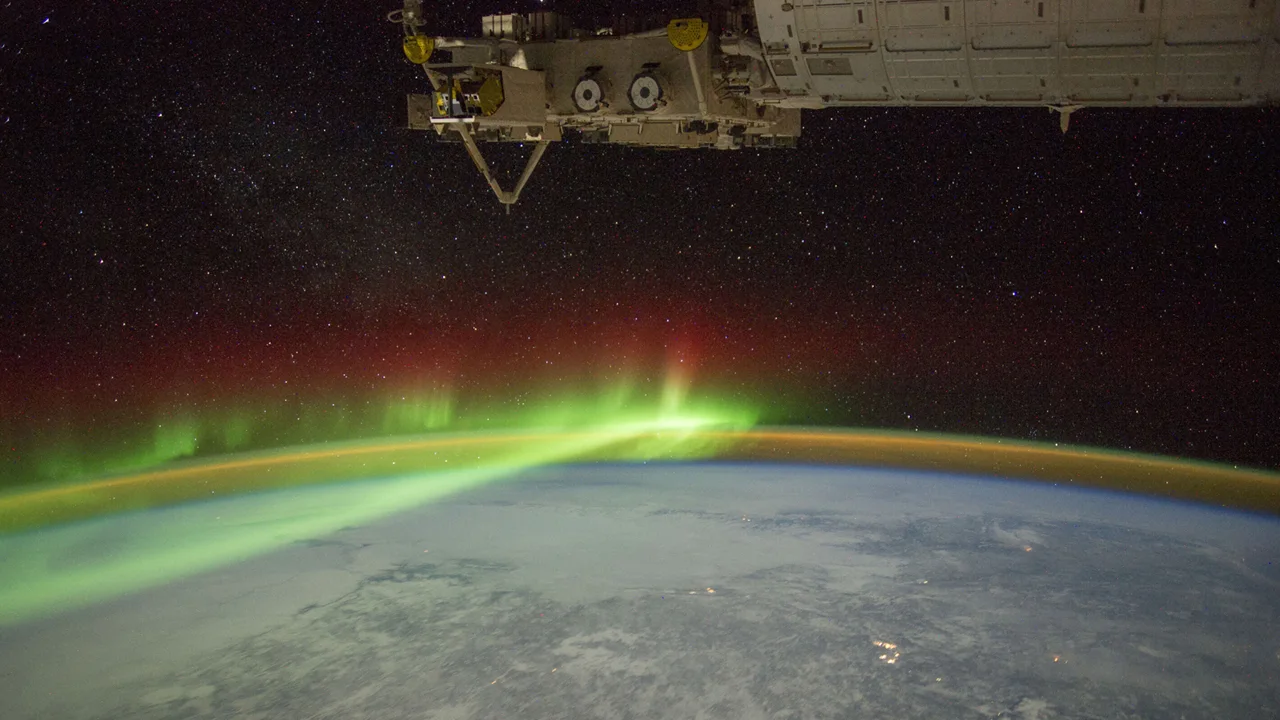
A band of green/orange airglow stretches shines at the top of Earth's atmosphere, accompanied by green auroras (note Northern Quebec's Manicouagan Crater, bottom right), in this image taken from the International Space Station in 2012. Credit: NASA
What might be the most incredible thing about these images is how fast they were taken. Each was captured in just a one-minute exposure.
"The Jupiter images in the narrow-band filters were designed to provide nice images of the entire disk of the planet, but the wealth of additional information about very faint objects (Metis, Thebe, the main ring, hazes) in those images with approximately one-minute exposures was absolutely a very pleasant surprise," John Stansberry, NIRCam commissioning lead at the Space Telescope Science Institute, said in the blog post.
WATCH: Canadaian camera on Webb telescope revealed an incredibly deep view of our universe
Now that the telescope's science campaign is in full-swing, stand by for even more awe-inspiring imagery that will be released in the weeks and months ahead.











